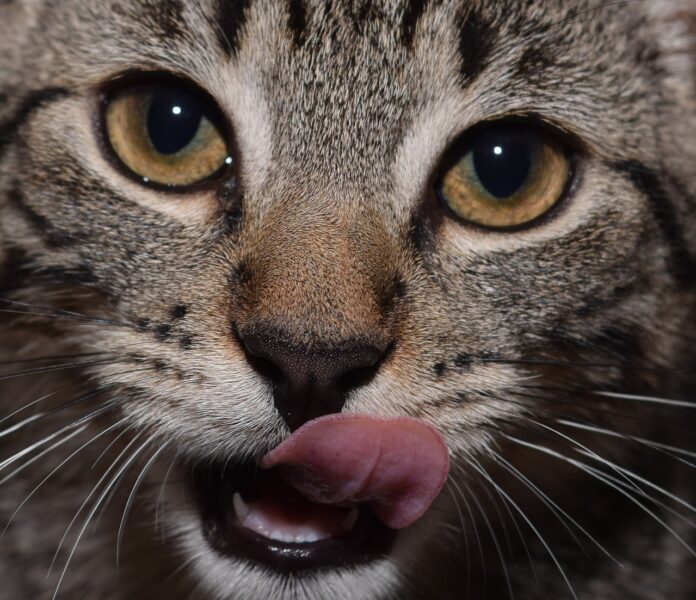The Impact of Medical Issues on Pet Appetite: A Focus on Cats and Dogs
For pet owners, navigating the challenges associated with a pet’s medical issues can be daunting, particularly when it comes to maintaining a healthy appetite. Weight and muscle loss in pets can have serious consequences not only for their health but also for their overall well-being. This article explores the multifaceted reasons behind reduced food intake in pets and presents a recent study highlighting the effects of food temperature on older cats’ preferences.
Understanding Weight Loss in Pets
Weight loss in pets can often be attributed to various factors such as medical conditions, dental issues, and age. While healthy pets typically reduce fat when they lose weight, elderly or medically compromised pets primarily lose muscle mass. This muscle loss can lead to:
- Reduced strength
- Impaired immune function
- Delays in wound healing
- A shortened lifespan
Key factors influencing a pet’s appetite include:
- Sense of smell and taste
- Nutritional content and properties of food (aroma, flavor, texture)
- Underlying medical issues
- Dental health
- Medications
Aging and Appetite: The Role of Sensory Perception
As pets age, their sensory perception, particularly taste and smell, may decline similarly to what is observed in humans. This reduced sensitivity can contribute to a decreased appetite, making it vital for pet owners to pay attention to their aging pets’ nutritional needs.
New Insights from Veterinary Research
A recent study published in the Journal of Veterinary Behavior sheds light on how adjusting the temperature of food can impact the eating behavior of older cats. The study examined the preferences of thirty-two healthy cats aged over eight years, focusing on a specific “chunks in gravy” style canned food. The temperatures tested were:
- 43°F (refrigerated)
- 70°F (room temperature)
- 99°F (warmed)
Key Findings: Warmed Food Preference
The study revealed that, as a group, the cats preferred food at room temperature over cold options, with warmed food being the most favored. However, individual preferences varied significantly, demonstrating that some cats preferred cold food over warmer options.
Why Temperature Matters
The researchers noted certain temperature-related changes in food aromas, which could explain the overall preference for warmed food among older cats. The enhanced smell might make the food more appealing. However, these results are specific to the type of food tested, and further studies are necessary to validate these findings across different food varieties in a typical home setting.
Practical Tips for Pet Owners
Given the study’s findings, here are some practical tips to encourage better eating habits in pets, especially those with medical issues:
- Experiment with Food Temperatures: Try serving wet food at various temperatures to determine your pet’s preference. Always check the temperature to prevent burns.
- Consider Food Type: While many assume pets prefer wet food, some may actually favor dry food. Consult your veterinarian and explore both options.
- Monitor Changes: Keep an eye on your pet’s eating habits, as preferences can shift with age and health status.
Conclusion: Optimizing Nutrition for Aging Pets
Understanding how to maintain optimal body composition in older pets, especially those with medical conditions, is crucial for their long-term health. This recent study provides valuable insight that opens the door for more tailored approaches to pet nutrition. By paying attention to food temperature and individual preferences, pet owners can take proactive steps to improve their beloved companions’ appetites and overall well-being.











